Vladimir — the ancient capital of Russia
Glittering with golden domes of Orthodox churches, Vladimir is the ancient capital of Russia. It is one of the most visited cities on the famous Golden Ring route. Its white-stone churches are part of the Vladimir-Suzdal Museum Reserve, which was included in the UNESCO World Heritage List in 1992. The survived masterpieces of Russian architecture of the pre-Mongol period, the frescoes of Andrei Rublev, the Assumption Cathedral and Cathedral of Saint Demetrius, the Christmas and Knyaginin monasteries attract thousands of tourists to Vladimir every year. In addition, it is also worth to visit History Museum, the Gingerbread Museum and the picturesque Patriarchal Garden.
See all
Restaurants

BlackwooD
Restaurant • Brewery • Banquet room • Grill bar
+7 4922 323777
Payment methods:

Staryj Gorod
Restaurant • Night Club • Karaoke • Banquet room • Hookah bar
+7 4922 779479
Payment methods:

Barin
Restaurant • Banquet room • Café • Catering
+7 4922 471160
Payment methods:

Byurger
Restaurant • Bar
+7 4922 472019
Payment methods:
All sights in VladimirSee all
Places of interest in Vladimir
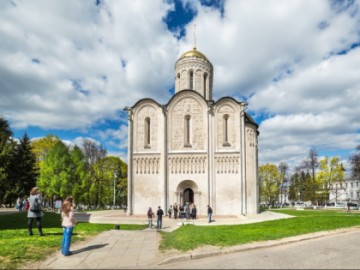
Cathedral of Saint Demetrius
Architectural Monuments • Temples and places of worship • Cathedrals and churches • Other places

Georgiyevskaya Street
Other places
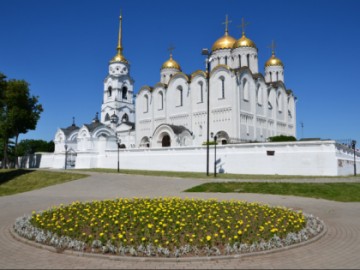
The Holy Assumption Cathedral
Architectural Monuments • Temples and places of worship • Cathedrals and churches • Other places
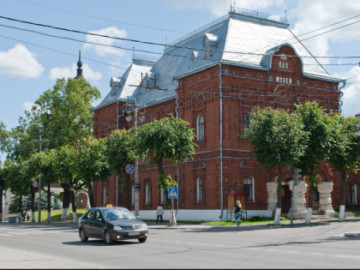
History Museum
Museums and Exhibitions • Other places
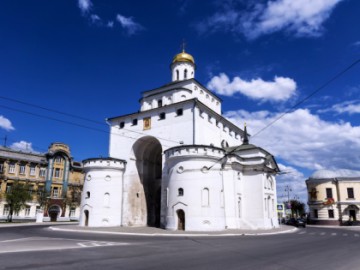
Golden Gate
Architectural Monuments • Museums and Exhibitions
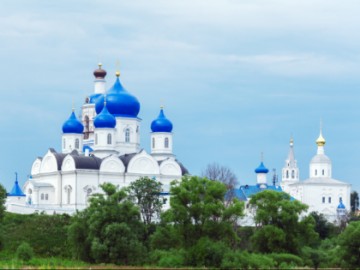
The Holy Bogolyubsky Convent
Architectural Monuments • Temples and places of worship • Abbeys and Monasteries • Other places
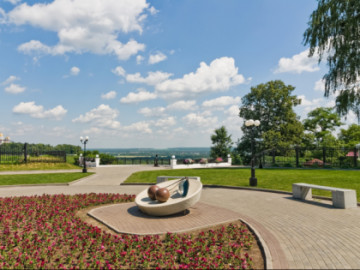
Spassky Hill
Other places
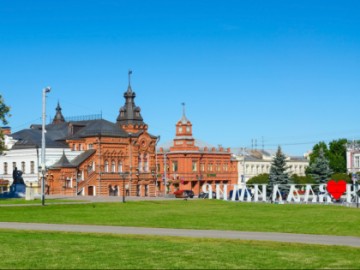
Cathedral Square
Parks and recreation • Other places
Nearby
Cities near Vladimir
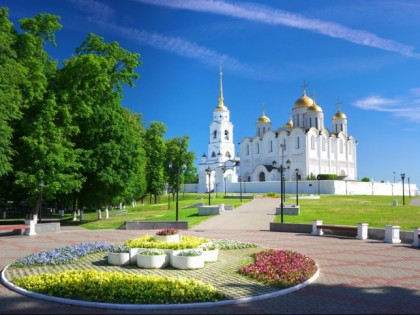
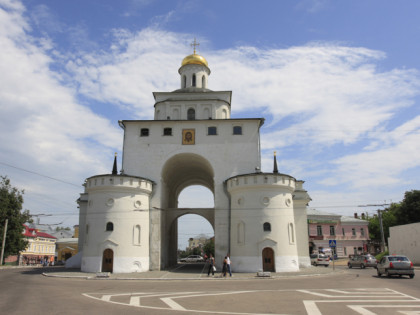
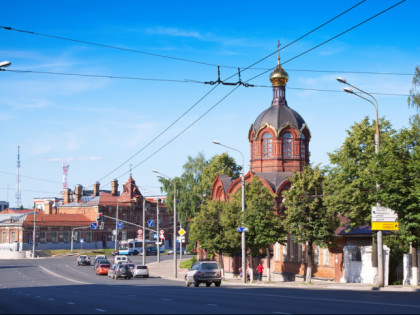
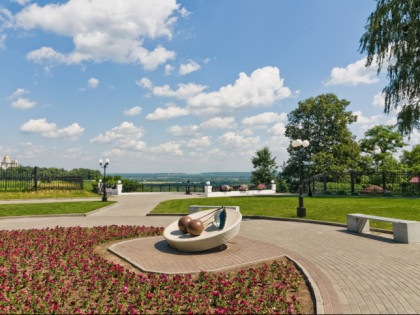
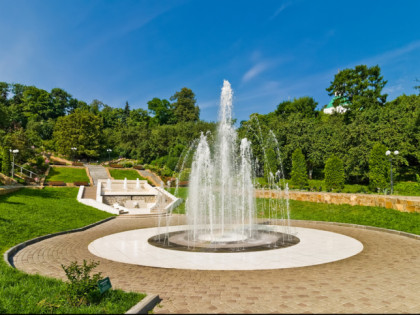
 Museums and Exhibitions
Museums and Exhibitions
 Parks and recreation
Parks and recreation
 Other places
Other places
 Architectural Monuments
Architectural Monuments
 Temples and places of worship
Temples and places of worship